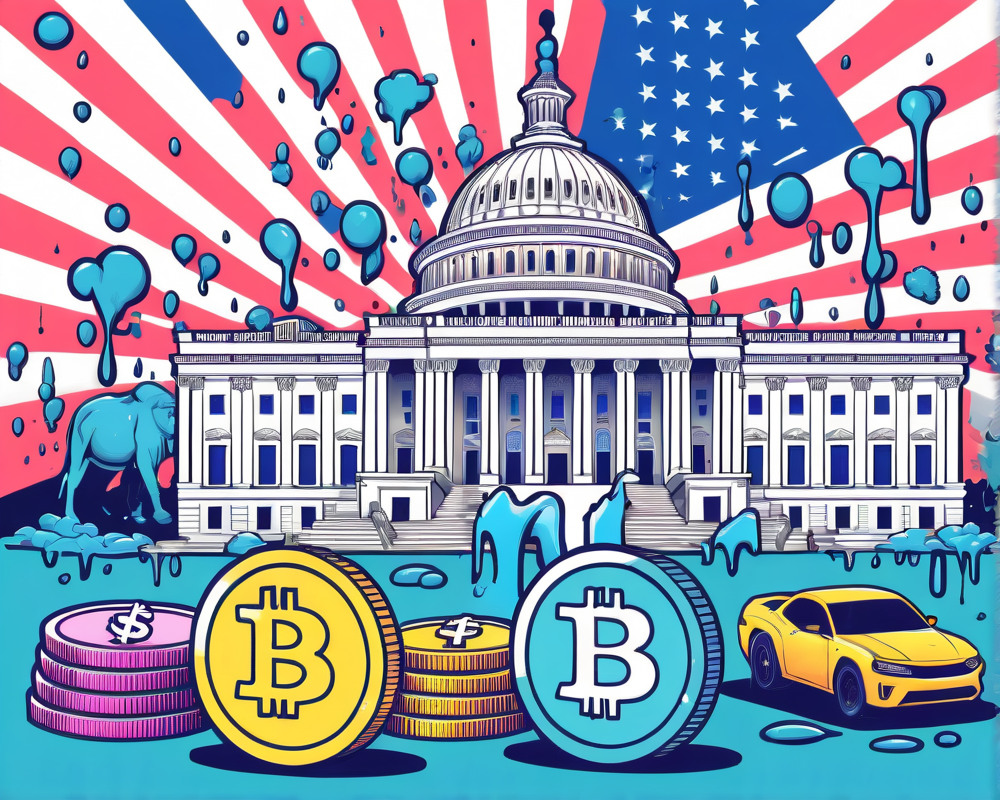Understanding the Deficit Dynamics
The U.S. budget deficit is projected to spiral beyond a terrifying $1 trillion annually in the years to come—marking 4.5% of GDP, according to the Congressional Budget Office (CBO). This figure isn’t just a number to throw around at a dinner party; it’s a neon sign flashing economic distress.
What Does This Really Mean?
To put this in perspective, the total projected deficit for the 2020s amounts to a staggering $12.2 trillion. In the past, deficits averaged just 2.9% of GDP over the last fifty years. So sit back and enjoy the irony—our government’s spending habits are more extravagant than a Kardashian wedding.
Historical Context: Where Do We Stand?
- 1969-2029 Comparison: The CBO highlights a significant uptick in deficits as a share of GDP.
- Current Context: As of late last year, the total national debt had surpassed $23 trillion.
- Global Landscape: The world’s total debt sits at a jaw-dropping $255 trillion.
Needless to say, if these numbers were students, they’d be sitting at the front of the class, raising their hands frantically while screaming for attention.
The Role of Fiat and the Federal Reserve
So how does the government solve this budgetary mess? Spoiler: by printing more fiat money like it’s going out of style. Recently, the Federal Reserve added $425 billion to the dollar supply, a move that would make any high school shop class proud of its own printing project. But alas, this Keynesian approach is a double-edged sword.
Caution: The Printing Press Effect
“Imagine the allure as a politician of promising your constituents all the spending they want, without ever having to raise taxes. Spend more AND cut taxes! There’s no inflation!” — Travis Kling
But wait, isn’t this just a recipe for hyperinflation? It’s a familiar tale, often leading to economic woes, akin to a bad sequel that no one asked for. Economists talk about the “Impossible Trinity”—a phenomenon where one can’t have free capital flows, a stable exchange rate, and an independent monetary policy all at once. Spoiler alert: something’s got to give.
Closing Thoughts: The Bitcoin Perspective
As discussed in Saifedean Ammous’s “The Bitcoin Standard,” the governmental “meddling” can be curbed by shifting away from fiat, allowing cryptocurrencies like Bitcoin to thrive without an authoritarian overlord dictating the rules. Perhaps it’s time for a paradigm shift—because let’s face it, SQUID games were more relatable than our current economic strategy.




